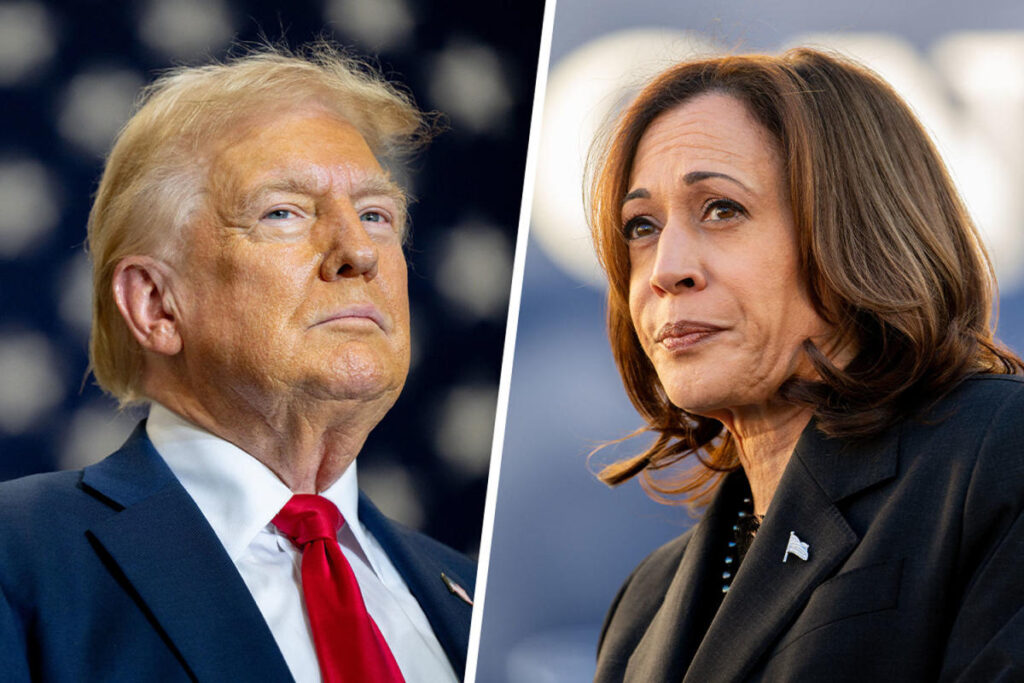In this evening’s newsletter edition of From the Politics Desk, the NBC News Politics team offers insights into current polling and dynamics as the presidential election approaches. A recent NBC News Stay Tuned Gen Z Poll reveals critical patterns among young voters, particularly noting Vice President Kamala Harris’s notable lead over former President Donald Trump, garnering a majority among Gen Z voters. This edition underscores the importance of gender distinctions within this demographic; young women are overwhelmingly in support of Harris, while young men are more divided. This gender gap extends into the issues that dominate their voting considerations, such as abortion, which significantly sways young women toward a candidate’s policies compared to their male counterparts.
The analysis of the spending trends in this election cycle showcases a historic level of outside spending, exceeding $1 billion, a first as it surpasses the previous record set during the 2020 election. This considerable financial influx from super PACs and affiliated groups highlights the intensity of competition in this race. Particularly striking is the fact that a significant portion of this spending has been directed toward Harris, signaling the Democratic campaign’s strong focus on mobilizing support. The spending trends not only reflect the importance of voter engagement but also bring to light the financial capabilities of campaign infrastructures as each candidate vies for attention and influence among electorate groups.
As the election nears, the strategic choices made by Harris also come under scrutiny, especially following her selection of the Ellipse for her closing-argument address. This location bears symbolic weight, being adjacent to where Trump’s supporters gathered on January 6, 2021. Harris’s decision to hold her address there is laden with implications, as she seeks to frame her campaign against Trump in an era marked by deep divisions. While aiming to solidify her base, she also attempts to appeal to undecided voters who might still be torn between policy issues and the more visceral political optics of the past few years.
Harris’s campaign strategy includes making targeted appeals through public appearances, emphasizing a platform that resonates with various voter concerns amid rising inflation and shifting perspectives on governance. Despite her popularity, there remains a gap in public awareness regarding her specific policy proposals. This challenges her to clarify her vision in the closing stretch, presenting a dual task of reinforcing her leadership credentials while making a compelling case against Trump’s record. The campaign’s success hinges on Harris’s ability to bridge this gap, a factor critical in securing votes from swing constituents as well as re-energizing her own supporters.
Notably, Harris’s outreach efforts include rallying support from prominent Democratic figures like former Presidents Barack Obama and Michelle Obama, aiming to leverage their influence as her campaign strives to maintain momentum. However, her avoidance of enlisting figures like Hillary Clinton signals a distinct strategic choice regarding the narrative of her candidacy. This decision could suggest a desire to break away from previous frameworks while defining her own identity as a candidate with historical potential and responsibility. The campaign faces the intricate task of framing Harris as not only a choice in the present but as a visionary for the future, all while battling the sustained visibility of Trump’s appeal among certain voting blocs.
As the campaigns draw closer to Election Day, both Harris and Trump are intensifying their efforts to connect with voters by addressing key concerns while navigating the heightened stakes of this electoral cycle. Polling dynamics remain fluid, and the strategies both candidates employ in their final pitches will likely play a pivotal role in shaping the outcome. Voter registration trends and demographic shifts signal potential volatility, raising the urgency for candidates to solidify their campaigns. The coming days will ultimately determine whether these strategies will succeed in garnering sufficient support and overcoming the challenges posed by a uniquely competitive electoral landscape, all while maintaining a focus on core issues resonant with the electorate.

